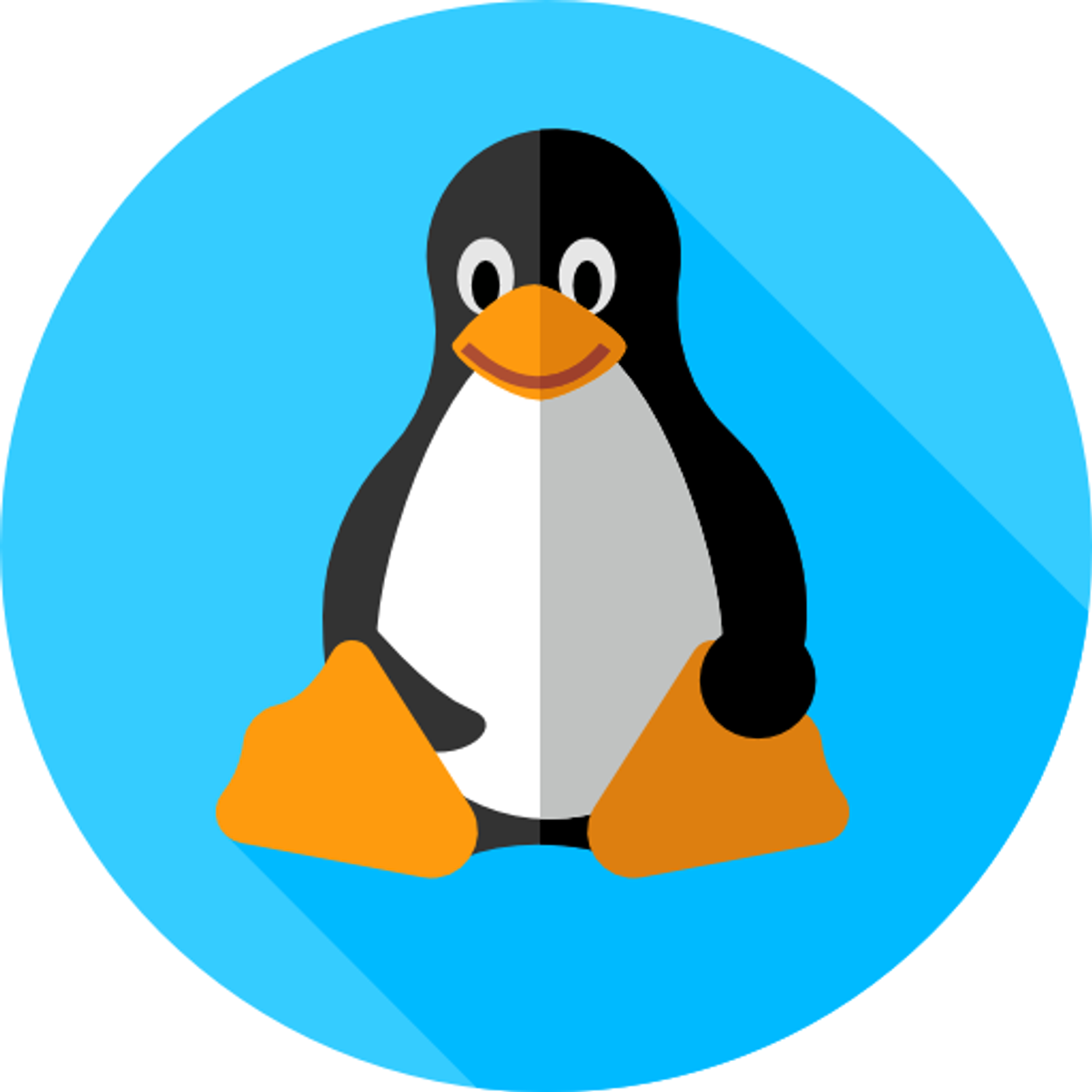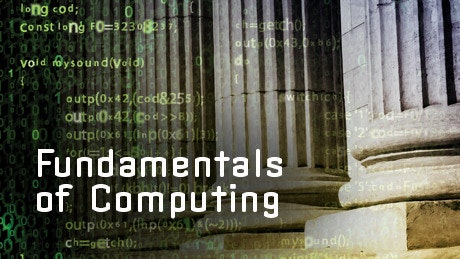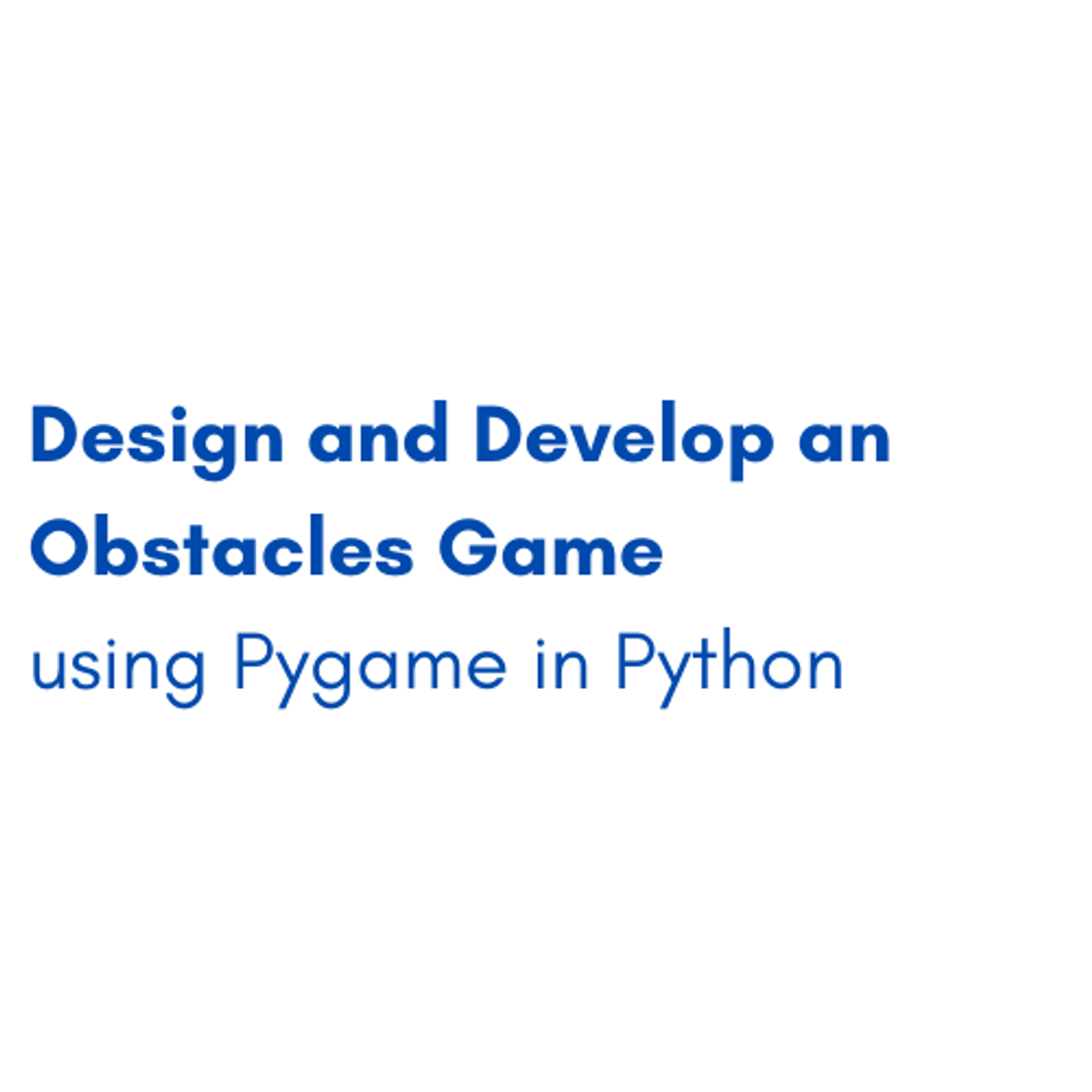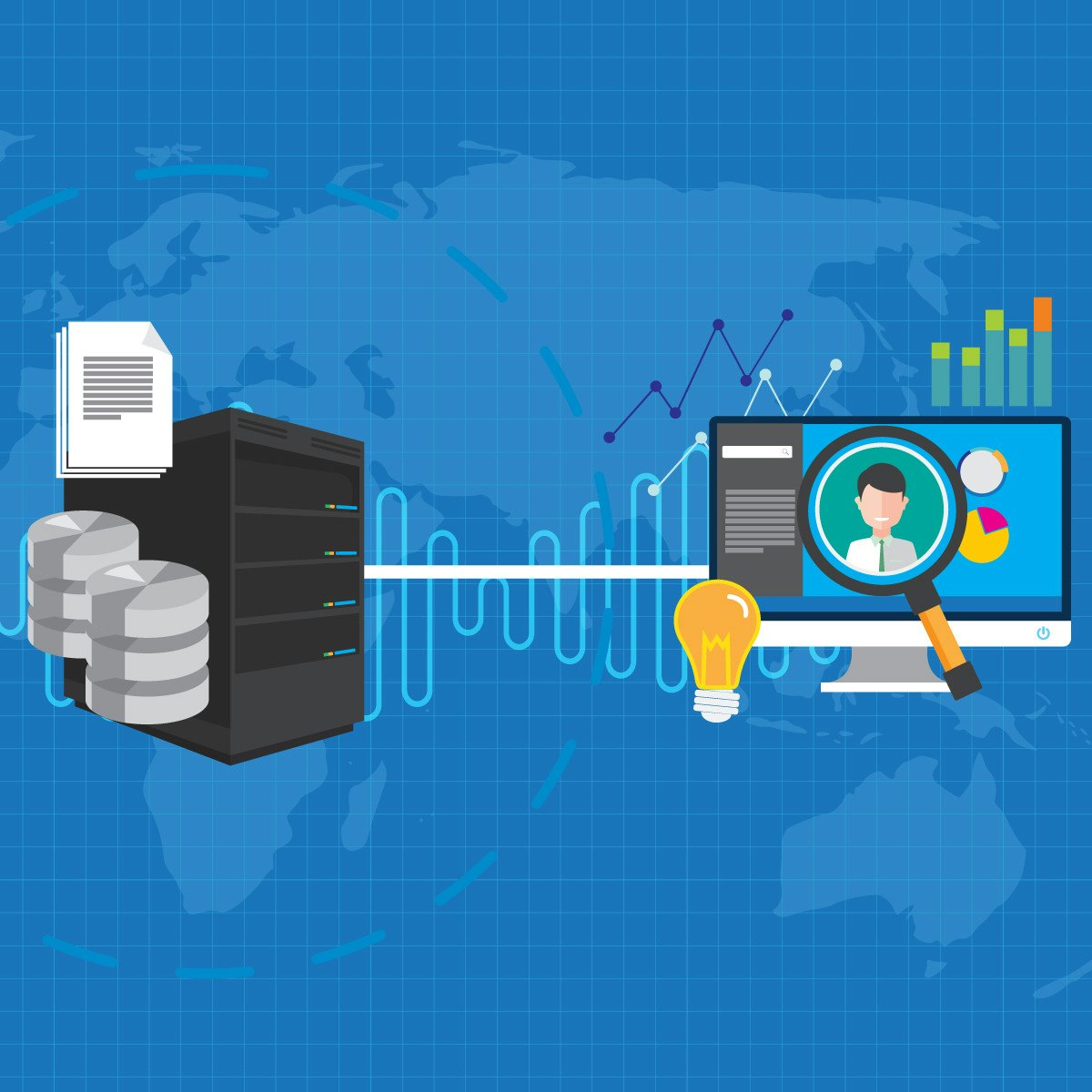Back to Courses









Software Development Courses - Page 75
Showing results 741-750 of 1266

Building Scalable Java Microservices with Spring Boot and Spring Cloud
"¨Microservices"" describes a software design pattern in which an application is a collection of loosely coupled services. These services are fine-grained, and can be individually maintained and scaled. The microservices architecture is ideal for the public cloud, with its focus on elastic scaling with on-demand resources. In this course, you will learn how to build Java applications using Spring Boot and Spring Cloud on Google Cloud.
You'll use Spring Cloud Config to manage your application's configuration. You'll send and receive messages with Pub/Sub and Spring Integration. You'll also use Cloud SQL as a managed relational database for your Java applications, and learn how to migrate to Cloud Spanner, which is Google Cloud's globally-distributed strongly consistent database service. You'll also learn about tracing and debugging your Spring applications with Google Cloud's operations suite.
To succeed in this course, you should be familiar with the Java programming language and building Java applications with tools such as Maven or Gradle. You should also have general knowledge of Google Cloud."
>>> By enrolling in this course you agree to the Qwiklabs Terms of Service as set out in the FAQ and located at: https://qwiklabs.com/terms_of_service <<<

Ordered Data Structures
In this course, you will learn new data structures for efficiently storing and retrieving data that is structured in an ordered sequence. Such data includes an alphabetical list of names, a family tree, a calendar of events or an inventory organized by part numbers. The specific data structures covered by this course include arrays, linked lists, queues, stacks, trees, binary trees, AVL trees, B-trees and heaps. This course also shows, through algorithm complexity analysis, how these structures enable the fastest algorithms to search and sort data.

Linux Fundamentals
This course is the first of a series that aims to prepare you for a role working as an information technology professional. In this course, you will be introduced to the Linux operating system. You will learn about the licensing model and several Linux distributions. We will go through some services delivered in the Linux operating system. We will conclude this course by looking at how to search and analyze text using command line tools in the operating system.

Personal Desktop Notifier in Python: Covid-19 notifications
By the end of this project, you will create personalized Desktop notifications using python. You will be able to effectively use different python libraries to fetch data from the internet, process the data, and present the data as notifications. In this project, we will make a Covid-19 news notification to help to be always updated about the current situation.
Python language is one of the most accessible programming languages available because of Its simplified syntax that gives emphasis on natural language. It is highly used in machine learning and data science applications which are some of the biggest trends in computer science right now. It is also supported by many corporations such as Facebook and Amazon. It is specially adapted by Google making it the number one choice for many programmers and engineers.
Note: This course works best for learners who are based in the North America region. We’re currently working on providing the same experience in other regions.

Check Point Jump Start: CloudGuard Posture Management
In this course, you will learn about what is Posture Management, why you need a Posture Management solution, and what makes Check Point CloudGuard Posture management solution the Global leader in Cloud Protection.
Lesson 1 - What is Posture Management?
Lesson 2 – What are the Cloud Security Challenges?
Lesson 3 - What is Check Point CloudGuard Posture Management?
Lesson 4 - How does CloudGuard Posture Management Work?
Lesson 5 – CloudGuard Posture Management Course Summary
Lesson 6 – Posture Management Demo Lab

Configuring your IDE for absolute beginners with AWS Cloud9
So by the end of this course, you will learn to set up an online IDE. For this, you will use the AWS cloud9 environment. You will learn to configure the AWS cloud 9 environment, you will explore the IDE, you will write some python programs, you will learn to create files and folders manually and through the command line . You will also learn to power off the instance and learn to delete the environment as well.
Before starting this project, you must have an AWS account.
The Fundamentals of Computing Capstone Exam
While most specializations on Coursera conclude with a project-based course, students in the "Fundamentals of Computing" specialization have completed more than 20+ projects during the first six courses of the specialization. Given that much of the material in these courses is reused from session to session, our goal in this capstone class is to provide a conclusion to the specialization that allows each student an opportunity to demonstrate their individual mastery of the material in the specialization.
With this objective in mind, the focus in this Capstone class will be an exam whose questions are updated periodically. This approach is designed to help insure that each student is solving the exam problems on his/her own without outside help. For students that have done their own work, we do not anticipate that the exam will be particularly hard. However, those students who have relied too heavily on outside help in previous classes may have a difficult time. We believe that this approach will increase the value of the Certificate for this specialization.

Introduction to Programming in Swift 5
Welcome to Introduction to Programming in Swift 5.
In this course we will introduce you to the absolute basics of the Swift programming language. Whether you are a brand new programmer or have experience with other programming languages this course is for you.
Some of the things you will learn in this course are:
• An Introduction to Swift 5 programming concepts
• Installing the necessary tools
• Working with data such as Integers and Strings
• Creating reusable code with functions
• Working with data constructs such as arrays and dictionaries
• Object-oriented programming
• Model View Controller
By the end of this course you will know how to build simple programs with the Swift programming language and you will be ready to learn iOS mobile development.

Design and Develop an Obstacles Game using Pygame in Python
By the end of this project, you will be able to create a fully functioning Obstacles Game using Pygame in Python. You will be able to import modules, to design a game using pygame such as how to change font, its size, its color and the size of the display window. You will also be able to import a picture, move it in x and y direction and draw obstacles and move them. Moreover, you will be able to display text in your window and change its font, color and position. Learning pygame will help you to learn about game development, computer graphics and sound libraries designed to be used with the Python programming language , which you will acquire the important steps to be a game developer.
This guided project is for intermediate learners in the field of game development and computer graphics. It provides you with the important steps to be a game developer. Moreover, it equips you with the knowledge in pygame and python.
Note: This course works best for learners who are based in the North America region. We’re currently working on providing the same experience in other regions.

Getting Started with Data Warehousing and BI Analytics
Data is one of an organization’s most valuable commodities. But how can organizations best use their data? And how does the organization determine which data is the most recent, accurate, and useful for business decision making at the highest level?
After taking this course, you will be able to describe different kinds of repositories including data marts, data lakes, and data reservoirs, and explain their functions and uses.
A data warehouse is a large repository of data that has been cleaned to a consistent quality. Not all data repositories are used in the same way or require the same rigor when choosing what data to store. Data warehouses are designed to enable rapid business decision making through accurate and flexible reporting and data analysis. A data warehouse is one of the most fundamental business intelligence tools in use today, and one that successful Data Engineers must understand.
You will also be able to describe how data warehouses serve a single source of data truth for organization’s current and historical data.
Organizations create data value using analytics and business intelligence applications. Now that you have experienced the ELT process, gain hands-on analytics and business intelligence experience using IBM Cognos and its reporting, dashboard features including visualization capabilities.
Finally, you will complete a shareable final project that enables you to demonstrate the skills you acquired in each module.
Popular Internships and Jobs by Categories
Browse
© 2024 BoostGrad | All rights reserved


